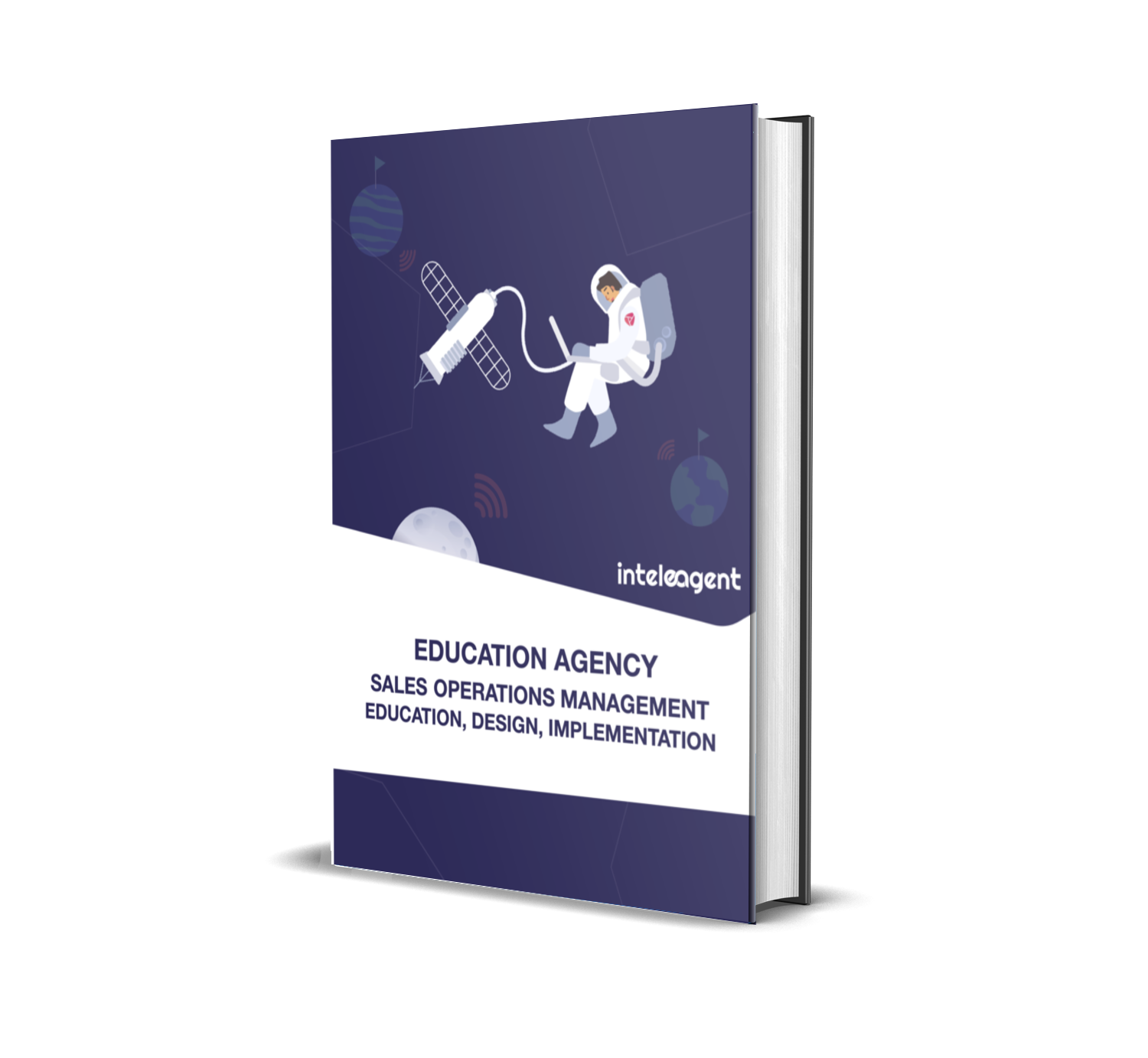As an education agent, you are constantly under pressure to bring more applications into your service pipeline, and keep track of them to make sure they don’t slip through cracks. Looking at this statement, the question that comes up is: what are the stages of my service pipeline? This is what I’ll try to answer in the following paragraphs.
1. What is a service pipeline?
A pipeline is a way of classifying your student applications through stages until they are finalised and you start claiming commission on them. A pipeline answers the question, “How many applications do I have to pursue in order to win a certain amount of commission?
Pipelines are typically defined in stages:
- How many student applications have you created
- How many student applications have you submitted
- How many student applications are you following
- How many applications are you claiming a commission for
Every education agency business process is different, so there’s no set standard for how you categorise your student applications in your pipeline. The main idea is keeping track of where each application is in the pipeline, so you don’t lose them.
2. How to create a service pipeline?
To create a pipeline, first categorize the applications you are tracking. What are the stages of your business process from start to finish? What is the stage where your application enters the pipeline? Let’s call it: the Interested stage. Here are your applications where students are interested in studying a particular course, but have not decided yet.
What is the second step in the application’s lifecycle? This would be the stage where the potential student decides to go ahead with an application. Let’s call this stage, the Created stage, because you’ll create an application. The application is not lodged yet, because you still need to collect more documents, however the application is created.
The next logical step in the application’s journey would be the stage where the application is lodged with the education provider. Let’s call this stage the Submitted stage, because this is the stage in your application’s journey where your application is submitted with the education provider.
We already have three stages in our pipeline. You would have figured out the ropes by now, how this works.
A study application’s lifecycle pipeline, from start to finish, would need to have around 5 or 6 stages.
Your education agency service pipeline should look something like this:
If you lodge student visas for your students as well, you should create a student visa application pipeline as well. This journey of the application would be similar in length to the study application journey. In total, the study application journey plus the student visa application journey should have around 11 or 12 stages.
Online student management system
There are plenty of project management tools out there where you can build this service pipeline to keep track of your applications however, I recommend an application management software specifically created for education agencies, such as Inteleagent. Inteleagent comes out of the box with a services pipeline for your study and student visa applications. You can edit the stages as you see fit. Each stage comes with preset tasks that you can edit or delete to fit your business processes. Each stage is automated, meaning, every time you complete the last task at that particular stage, the application will automatically move to the next stage.
What is your education agency service pipeline? Feel free to share…




